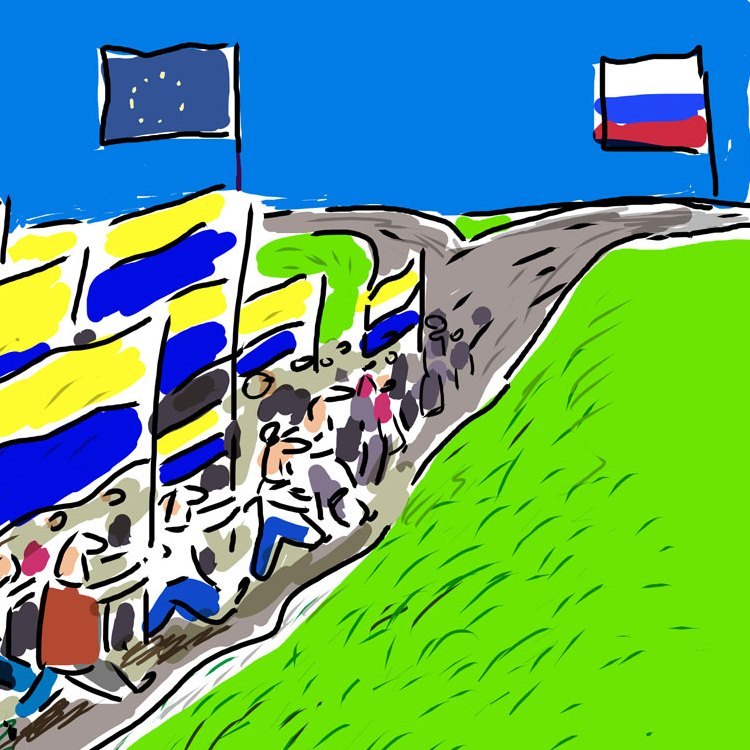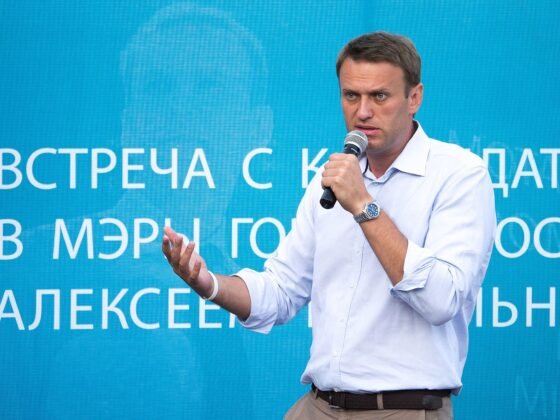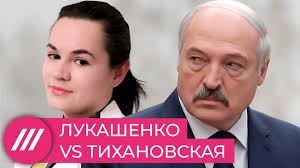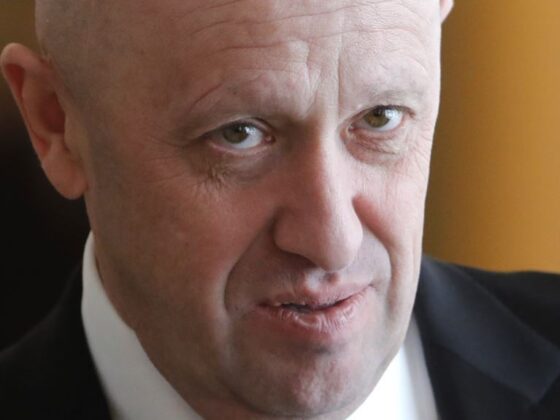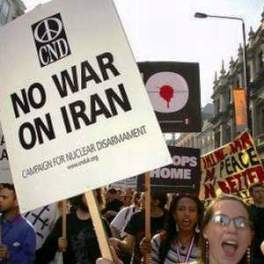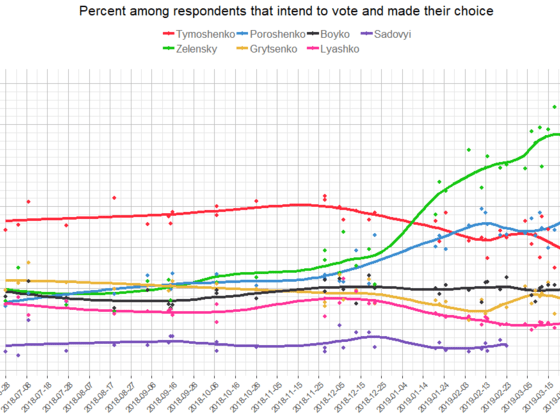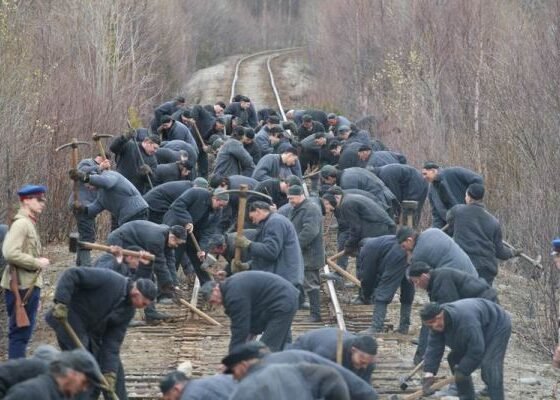(Russia Beyond the Headlines) Ukrainian President Viktor Yanukovich set off a fresh crisis in his country in fall 2013, when he rejected a trade deal offered by the European Union in favor of closer ties with Russia. Thousands of Ukrainian citizens took to the streets in protest, and clashes with riot police resulted in injuries. What are we to make of these events? Understanding the choice before Ukraine and the motives of Yanukovich and Russian President Vladimir Putin requires a nuanced appreciation of the economic history of the post-Soviet landscape.
The break-up of a single economy that resulted from the collapse of the USSR had harsh economic consequences that are still playing out in the region. In the 1990s, Russia’s economy contracted 40 percent, and Ukraine’s economy fell as much as 60 percent. The Soviet economic system was destroyed, and new types of co-operation between countries are only just beginning to emerge. This is by no means an easy process. In the Soviet era, Ukraine was the most economically and technologically advanced republic in the USSR. But as a sovereign state today, Ukraine is one of Europe’s poorest countries.
The EU and the U.S. began to compete with Russia for influence over Kiev soon after the breakup of the Soviet Union. But their actions lack strategic vision and are currently not backed by economic resources. Not so long ago, Ukraine was the third largest recipient of U.S. aid, after Israel and Egypt. The EU too has implemented numerous reform assistance programs for Ukraine. But the scale of that support was far from meeting Ukraine’s needs. […]

